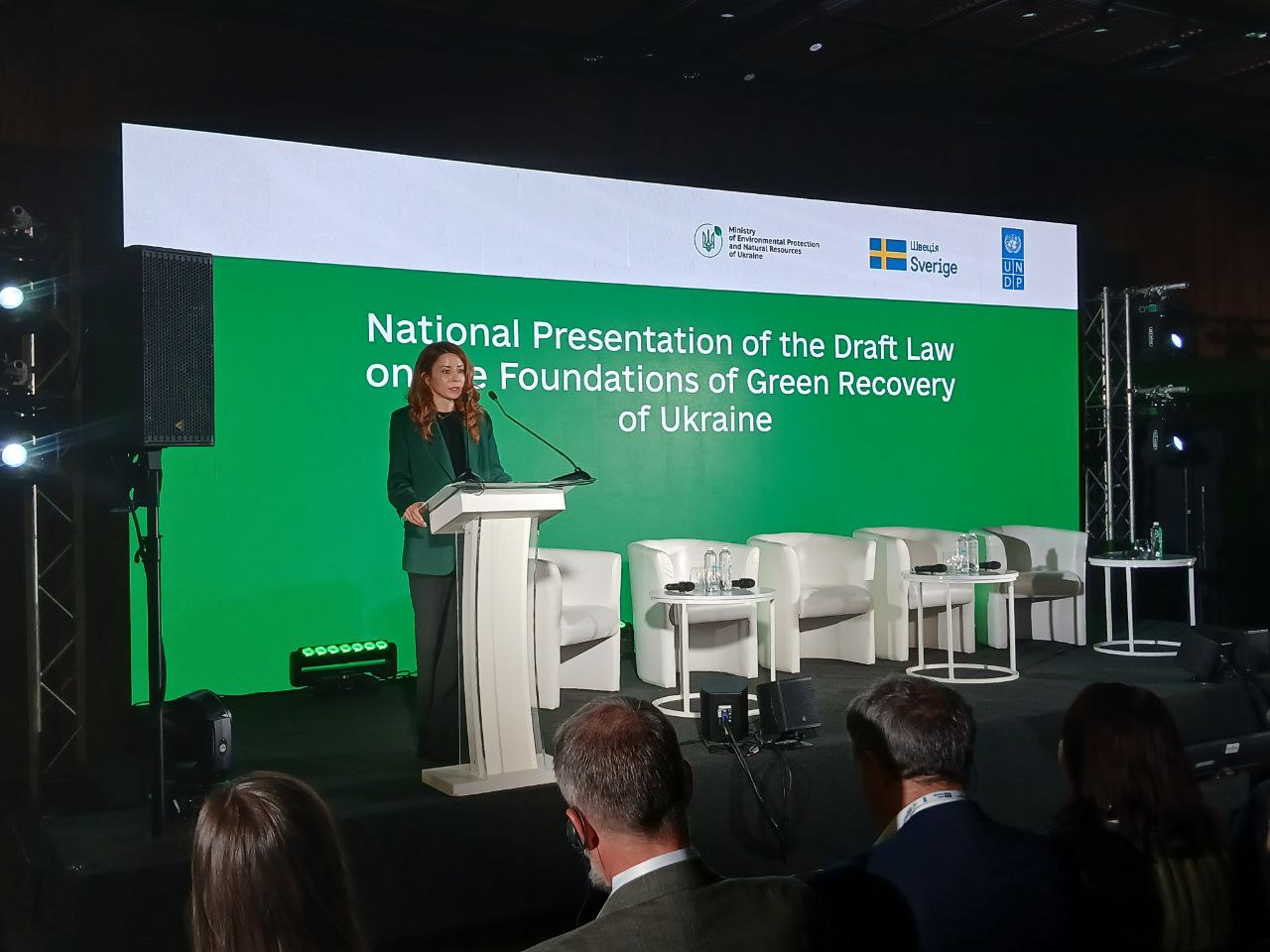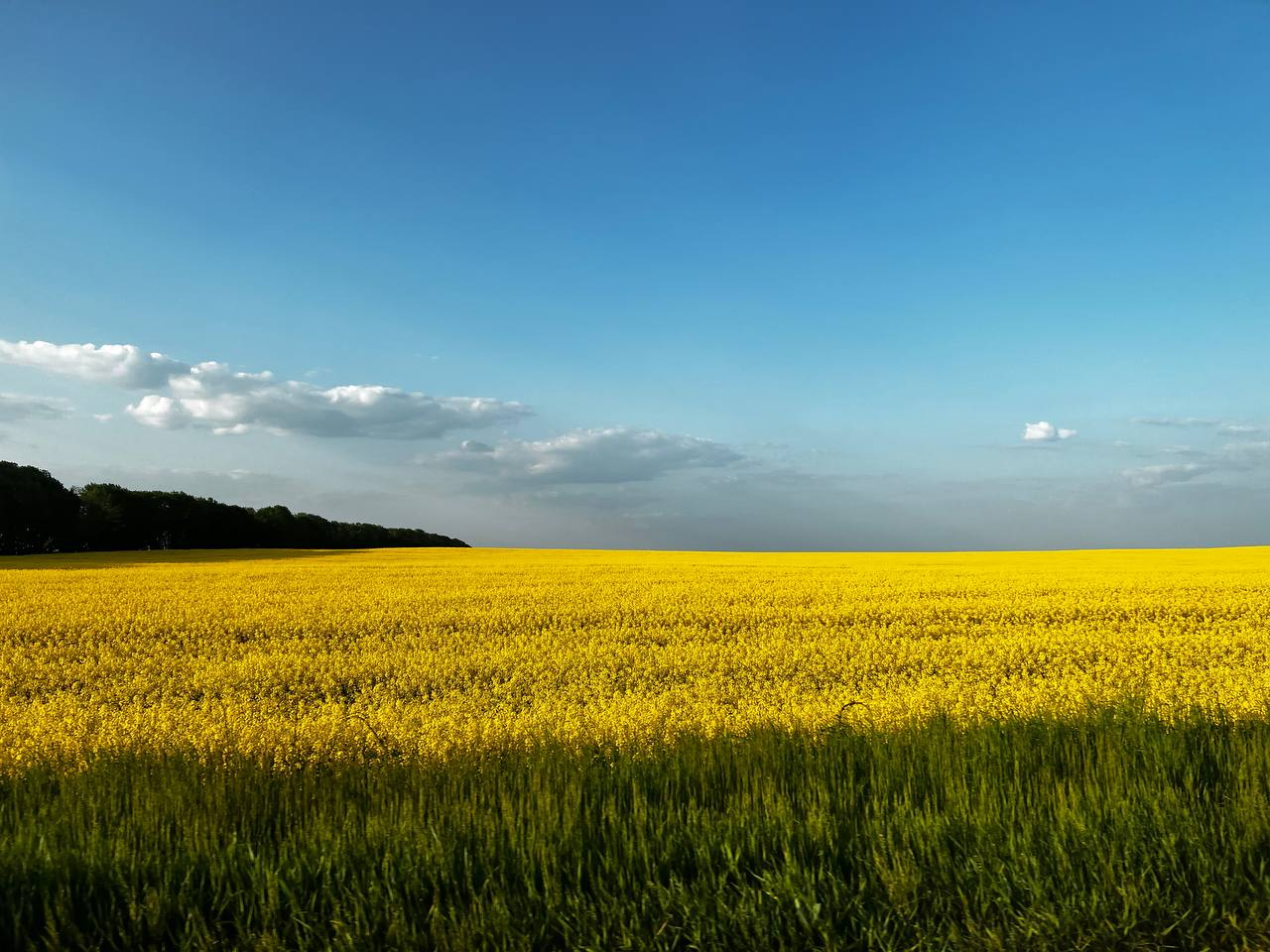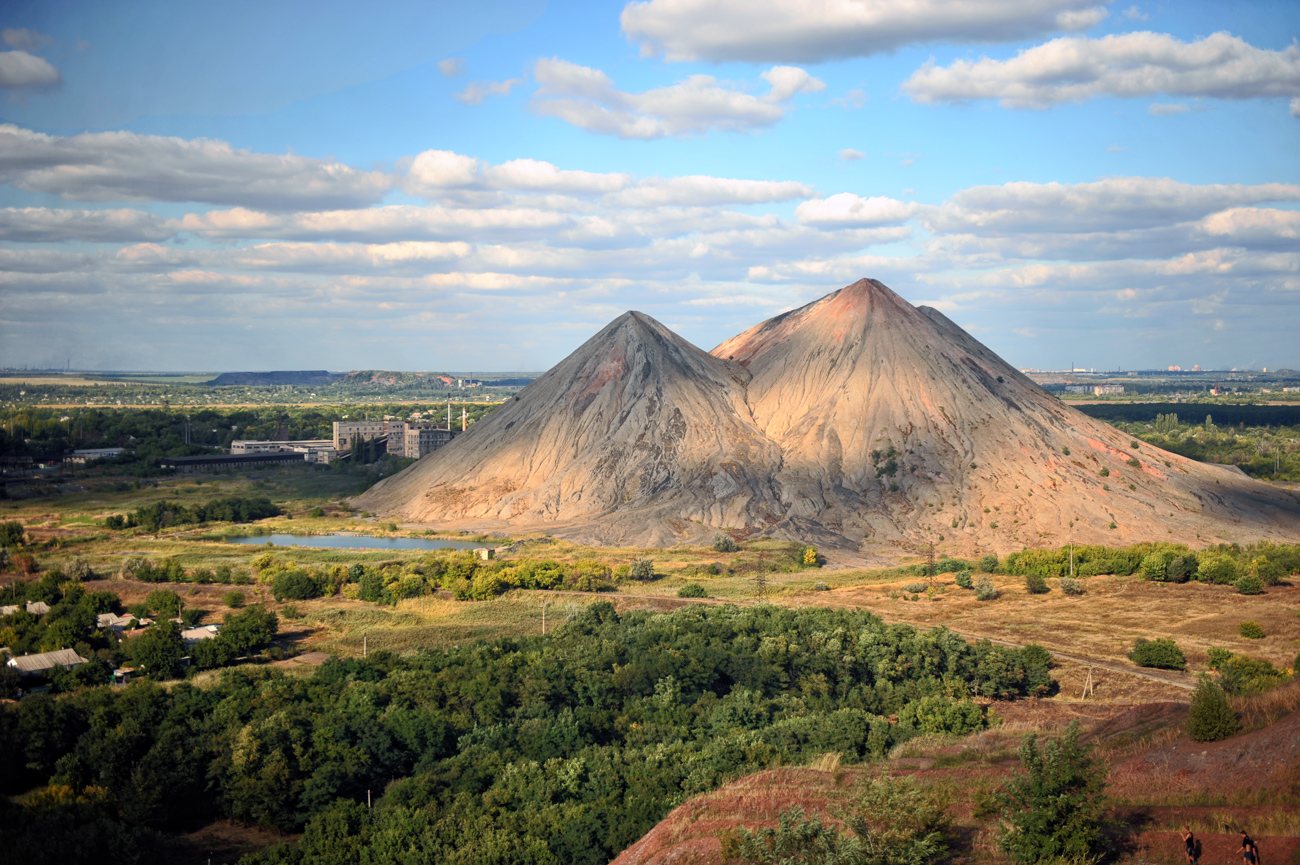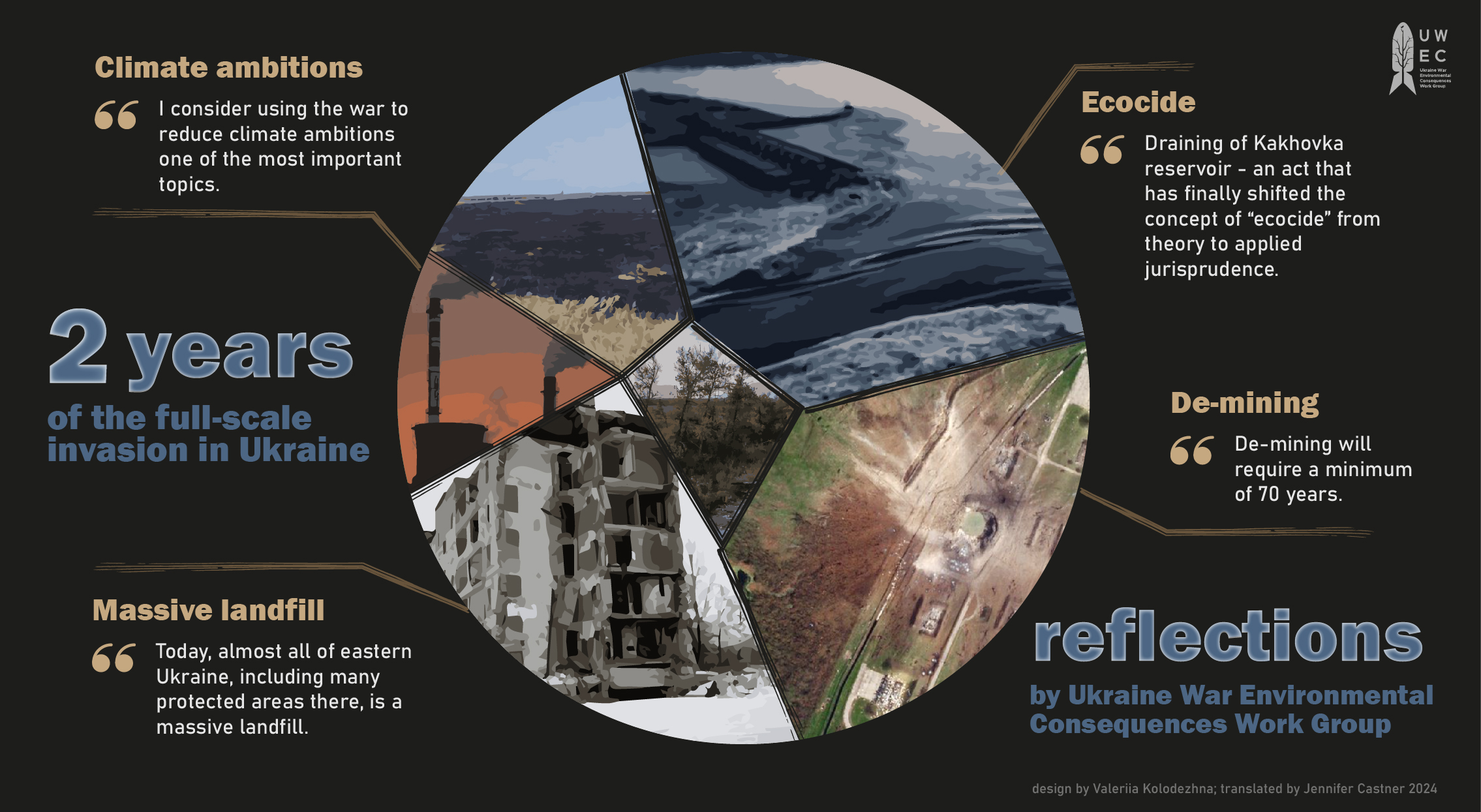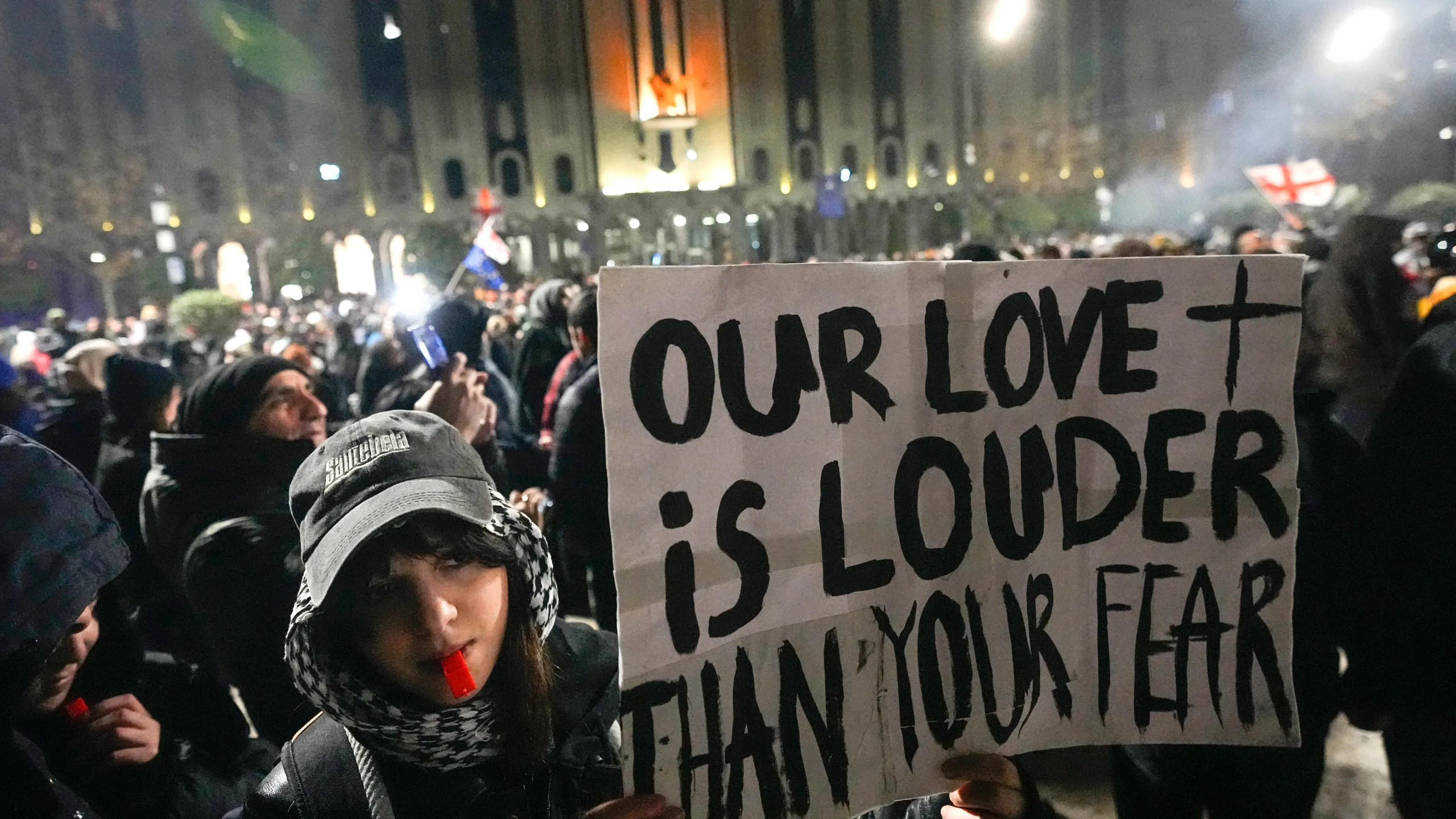Oleksiy Vasyliuk
On June 30 in Kyiv, the Ministry of Environmental Protection and Natural Resources of Ukraine presented the first version of the draft bill “On the Fundamentals of Green Recovery of Ukraine”. The presentation event was announced as the beginning of a national discussion of key instruments for “green” post-war reconstruction.
According to the Ministry’s Department of Environmental Assessment, the new law is meant to become a framework for integrating sustainable development principles in recovery processes. In particular, the bill is based on the European Union’s “green taxonomy” principles – a classification that determines which types of economic activity are environmentally sustainable.
First legal definitions relating to sustainable recovery
The bill introduces for the first time a number of important terms into national legislation: “green economy”, “recovery” in the context of post-war reconstruction, “sustainable (green) recovery measures”, and the “state policy of green recovery”.
A fundamental provision is that all activities relating to recovery must contribute to the transition to a green economy. The draft law stipulates that recovery actors (government, communities, investors) operate in accordance with the principles of “green recovery”, including:
- EU environmental policy principles,
- consideration of climate reference points and
- environmental orientation.
By way of definition, green recovery goals include:
- climate change mitigation and adaptation,
- sustainable water use,
- biodiversity conservation,
- pollution prevention and monitoring and
- transition to a circular economy.
Instruments to evaluate sustainability
A separate innovation is the introduction of a sustainability assessment procedure that must precede the approval of any restoration measures. It is carried out by an authorized state entity and with public participation. At the same time, it is not yet clear how this procedure relates to existing instruments and in particular strategic environmental assessments (SEA) and environmental impact assessments (EIA). This is one of the issues that requires clarification during the process of finalizing the bill.
It is also noteworthy that a number of critical infrastructure facilities that were planned before the law’s passage may not be covered by it, potentially creating a loophole for “old” environmentally hazardous projects.
Speeches: between inspiration and warning
Minister for Environmental Protection Svitlana Hrinchuk opened the event. During her speech she emphasized the need to establish a legal basis for a balanced green recovery and called on the expert community to actively participate in work on the bill in order to finalize the text in the fall.
Oleh Bondarenko, chairperson of the Verkhovna Rada’s Committee on Environmental Policy, highlighted the risks: business and some government authorities are seeking further derogation of SEA, EIA and other environmental standards, but the green recovery must not be used to satisfy special interests.
Swedish ambassador Martin Oberg supported the initiative, emphasizing: “We see Ukraine’s shared future with the EU. This law will contribute not only to Ukraine’s sustainable development but also to increasing biodiversity across Europe.”
Representative of the Office of the President Mykola Brusenko admitted that in the first years of the full-scale invasion, environmental policy was not a priority and acknowledged that after human lives, losses to the environment are Ukraine’s next largest loss. This bill is an attempt to compensate for the war’s damage and is a logical continuation of the Sustainable Development Goals approved by the President.
Are nature reserves and ecosystems actually being protected?
Dedicated to the subject of natural sites and protected areas, Article 31 of the bill on the one hand guarantees that the sizes of protected areas will not be reduced, while lacking ambitious goals for expansion or restoration of protected areas. There is no mention of Europe’s “Nature Restoration Regulation” law, an instrument which is already setting guidelines in EU countries.
On the positive side, the bill mentions achieving favorable statuses for species and their habitats, remediation of contaminated areas, restoration of marine and terrestrial ecosystems and sustainable agricultural practices and forest management.
What needs more work
The draft law barely mentions war as a context, meaning that it bypasses reconstruction issues in the context of military actions, demining, and landscape restoration stemming from human-caused impacts.
International experience is also not considered, in particular the findings of IUCN’s “Conflict and Conservation” report (2021). The analysis shows that the main environmental threats after wars are not in the destruction itself, but in the mass displacement of people, conventional construction of housing and infrastructure, and hasty restoration without environmental assessments.
The section on ecosystems and protected areas needs specifics—the law must not only protect existing nature, but also provide for the active restoration of protected areas. After all, it is obvious that the war means that there are fewer high conservation value areas and those areas that remain are smaller in size.
The bill’s presentation was an important signal, however. It indicates that the state is prepared to create a systemic framework for sustainable development during the post-war recovery. The law will only work when it becomes legally specific, considers the entire spectrum of international experience and is supported by civil society.
Public comment and discussion is the next step, and environmental experts and organizations must engage. It is only deep professional refinements that will advance “green recovery” from slogan to reality. The author of this article also spoke during the bill’s presentation event and called on its authors to ensure that the law guarantees a true “green recovery” and does not harm Ukraine’s environment beyond the harm done by the full-scale war.
Main image source: Presentation by the minister of Environmental Protection and Natural Resources Svitlana Hrinchuk – photo by Oleksiy Vasyliuk

